Technological advancements have revolutionized the gaming world. With high-fidelity graphics, motion capture, ultra-high resolutions and extremely detailed gameplay, video games have come a long way. But there are some noteworthy titles, which pushed the limits like no other (back in their day), paving a way for our favourite games as we know them today. Here’s our pick of the top 10 of those games, which were way ahead of their times.
Wolfenstein 3D (MS-DOS PC, 1992)
There’s no need for introductions here. More lovingly known as Wolf 3D, this was the reason behind the mainstream popularity and commercial success of the FPS genre, thanks to its fast paced action and impressive graphics. It makes extensive use of ray casting, in which only the surfaces visible to the player were calculated rather than the entire area surrounding the player, which was unusual for its time. But the devs’ experiments paid off, and needless to day, the game turned out to be an inspiration for modern day shooters.
System Shock (PC, 1994)
System Shock is the legacy of Looking Glass Technologies, being one of the key inspirations behind this year’s big title Prey. DOOM had explosive barrels in 1993, but System Shock featured fully destructible 3D objects, weapon recoil, variable gravity, using one enemy to kill another by shooting one on higher ground and making them fall on the other, real-time security monitors and so much more. And the game did it all in 1994 on a mere 4MB of RAM. Imagine that!
Spyro The Dragon (PlayStation, 1998)
This was one of the first few titles to employ an LOD renderer on the PlaySation. For those who don’t know, LOD stands for Level of Detail, referring to the change in the complexity of a 3D model with a change in its distance from the viewer, or another defined metric. It decreases the workload on the graphics processor and thus helps in better performance. LOD is becoming more and more standard for newer games, but to props to Alex Hastings for actually introducing it in the original PlaySation
Roller Coaster Tycoon (Windows PC, 1999)
I spent countless hours building my amusement park, taking care of visitors, and occasionally picking them up and dropping them in the water for shits and giggles. It was hard not to be impressed by the amazing amount of depth and detail the game had at the time. You know what’s even more impressive? The entire game was written in x86 assembly language. Or 99% of it, according to Wikipedia.
Shrek (Xbox, 2001)
Shrek on the Xbox was the first commercial title to make use of deferred shading. Deferred shading lets the engine render multiple lights without taking a huge performance hit. It also simplifies the software rendering pipeline, allowing for easier management of complex shader and light resources. Xbox may have been disappointing in the recent times, but you can’t say that they were always like this.
.kkrieger (Windows PC, 2004)
Procedural generation is a touchy topic, ever since we saw the fiasco called No Man’s Sky. But that wasn’t always the case. In 2004, a game won the 96k game competition at Breakpoint in April 2004, and the game was none other than .kkrieger. Making use of procedural generation for the textures, it has an amazing quantity of content in a mere 96KB of storage space. According to the developers, the game would have taken around 200-300 MB space if made the conventional way. But it only uses 97,280 bytes of disk space.
Crysis (Windows PC, 2007)
This game was so demanding when it released, it gave birth to a new phrase – “But can it run Crysis?” Crysis did in 2007 what games struggle to do even in 2017. With its lush environments and volumetric lighting, you needed an absolute beast to be able to run it at playable framerates. So much so, you can still find it sneaking its way into graphics benchmarks tests sometimes, years after its release.
S.T.A.L.K.E.R : Shadow of Chernobyl (Windows PC, 2007)
S.T.A.L.K.E.R. was among the first games to run a full life cycle (task accomplishment, combat, rest, feeding and sleep) for it’s NPCs and the same applied to the many monsters living in the Zone (which is the game’s fictional region in Chernobyl). The The X-Ray Engine used the proprietary ALife artificial intelligence engine developed by GSC Game World. ALife supports more than one thousand characters inhabiting the “Zone”. These characters are non-scripted, meaning that AI life can be developed even when not in contact with the player.
Portal (Windows PC, 2007)
Portal was an all round amazing title. From gameplay to scripting to the messing around with the portals, it was quite impressive. You could easily travel between the portals irrespective of the distance, and looking through the portal, the game provided a clear view of what the other side holds, without any performance hits.
L.A. Noire (PlayStation 3, Xbox 360, Windows PC, 2011)
L.A. Noire was the first title that used and popularized the MotionScan motion capture technology. The technology is central to the game’s interrogation mechanic, as players must use the suspects’ reactions to questioning to judge whether or not they are lying. Upon release, the game received wide acclaim for its advances in storytelling and facial animation technology. This game had better facial expressions in 2011, than a certain game based on one of my favourite sci-fi trilogy did in 2017.
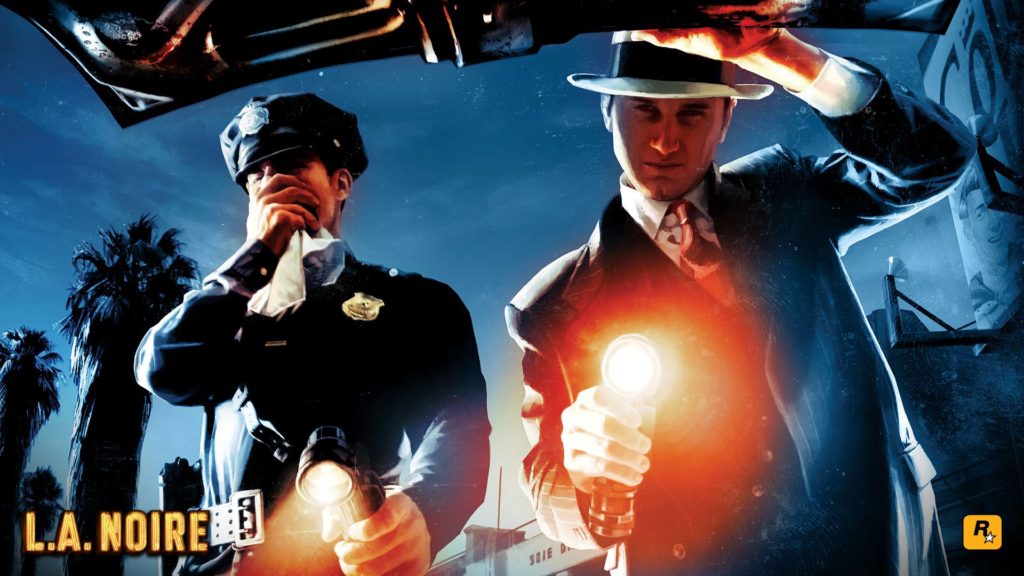 Register with us for the best in gaming, and join us for video game discussions on our forums.
Register with us for the best in gaming, and join us for video game discussions on our forums.

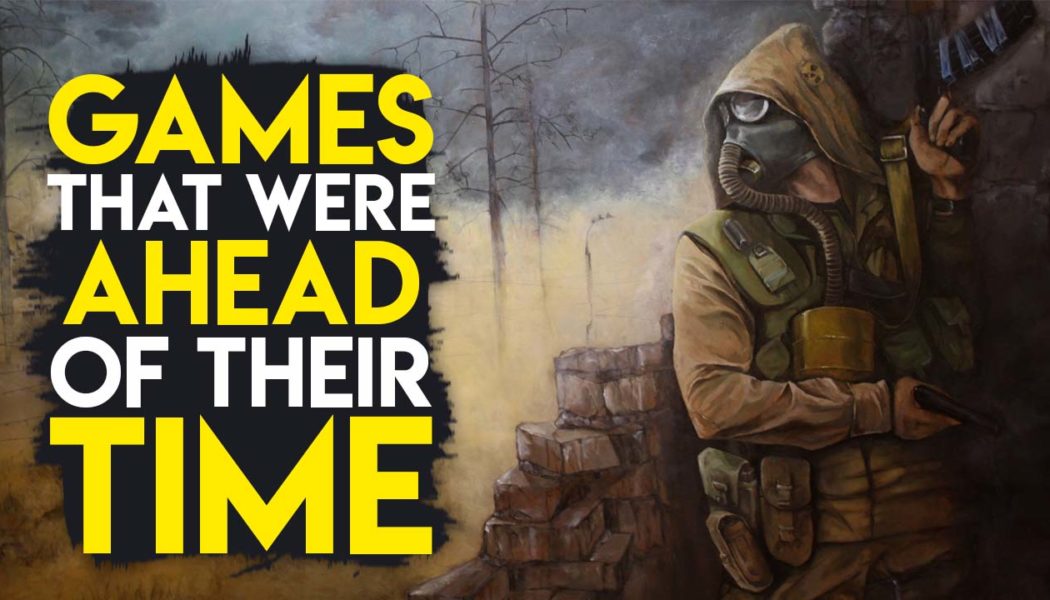
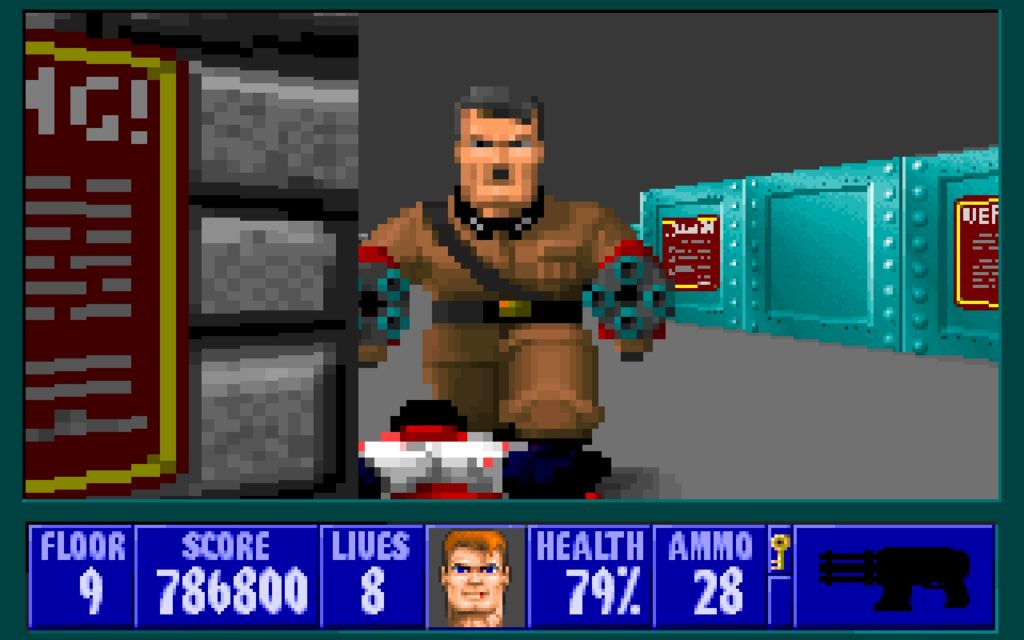
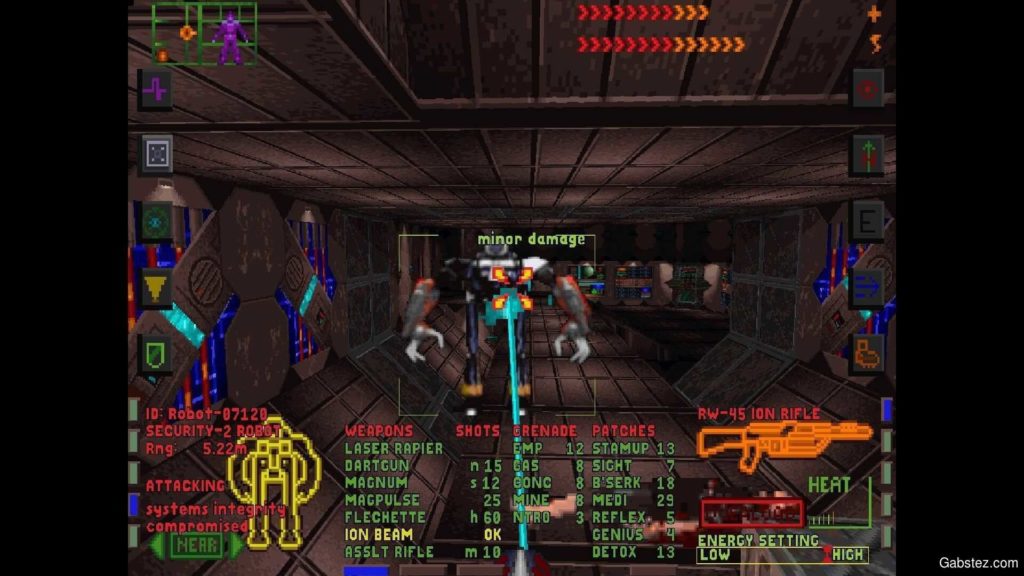
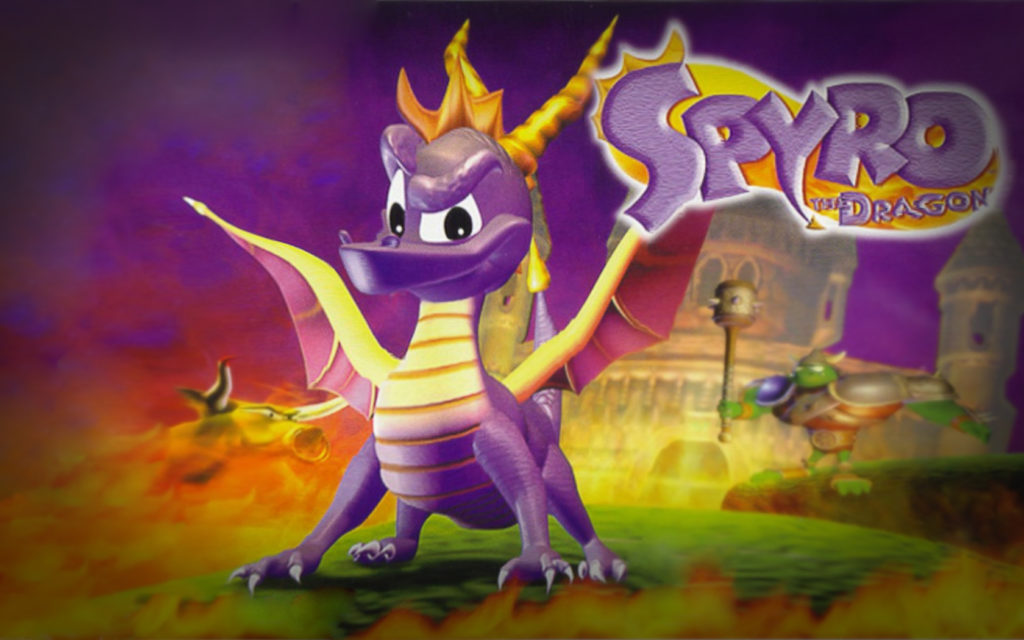

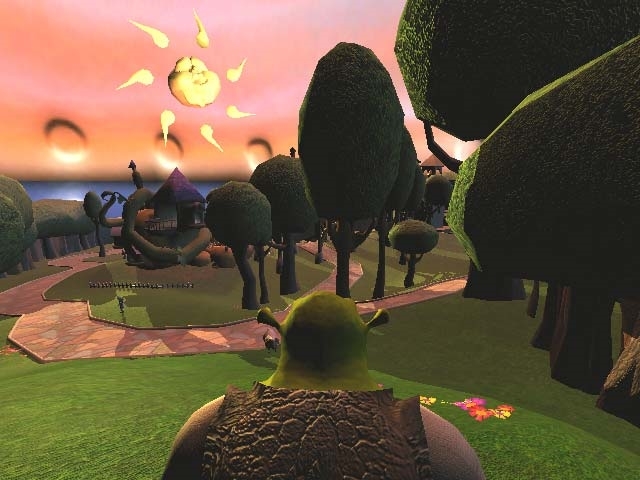
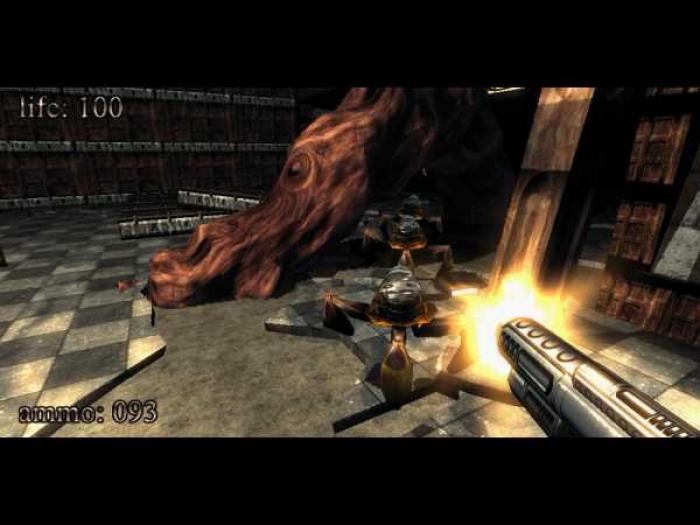
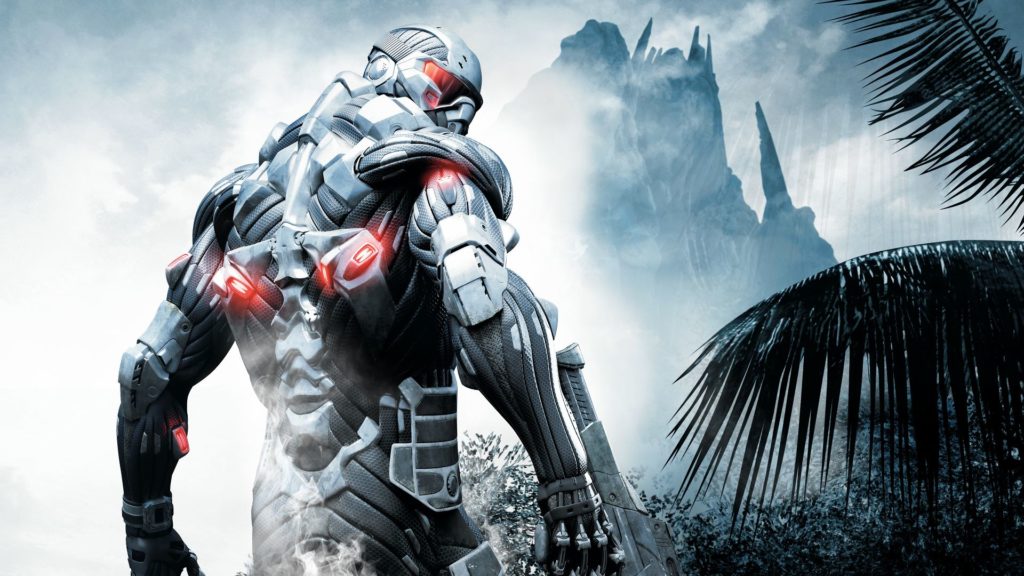
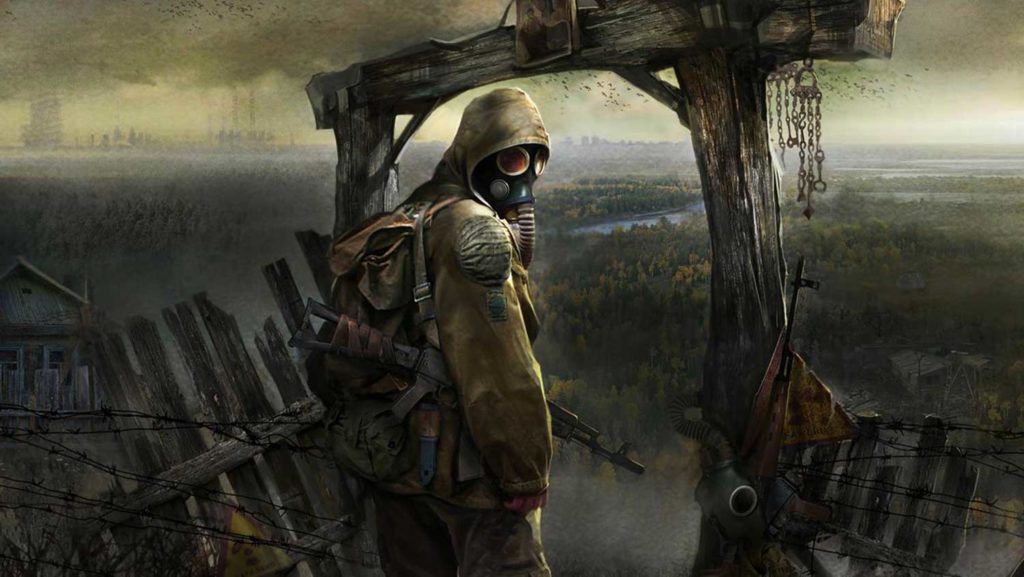
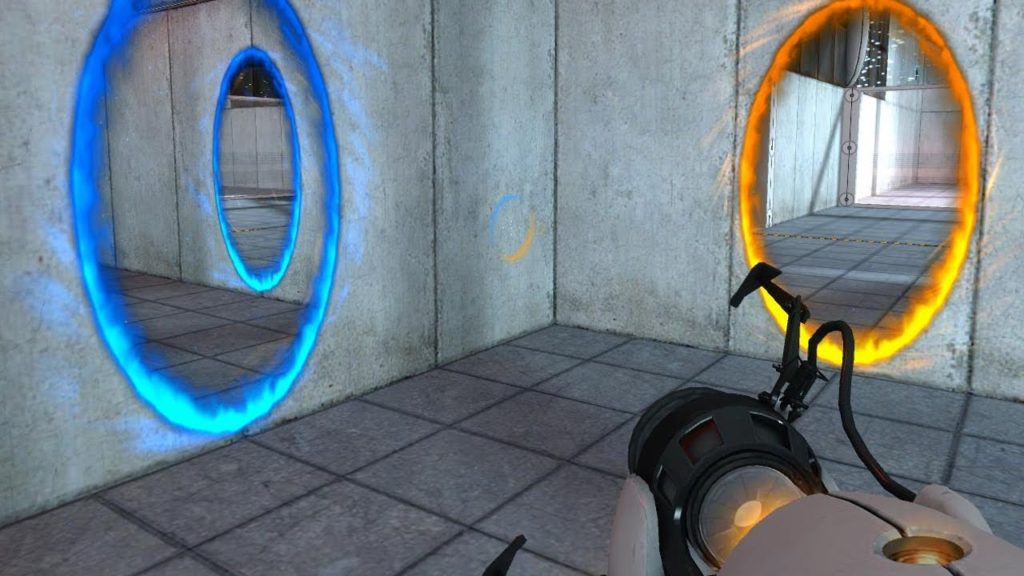
Am Shaegar
LOL!
Where is Dark Messiah of Might and Magic?!
It still is ahead of today’s games!